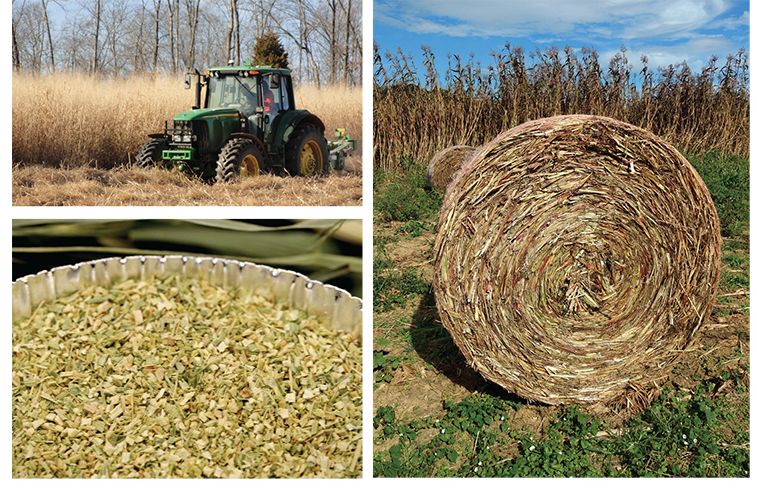Top Feedstock for Compressed Biogas (CBG) Production in India: Regional
Insights and Biomass Availability
Compressed Biogas (CBG) can be produced from a broad range of feedstock’s that are suitable for anaerobic digestion. Most easily biodegradable biomass materials are acceptable as feedstocks for anaerobic digestion.
The feedstock used for CBG production can vary depending on the local availability, suitability of biomass resources, feedstock cost, and the overall feasibility of the biogas production system.

The availability of surplus feedstock varies by region within India, and the specific quantities and types of feedstocks may depend on factors such as agricultural practices, livestock density, urbanization levels, and waste management infrastructure in each area.
Common feedstocks include crop residues; food-processing waste, livestock manure; the organic fraction of MSW; including industrial waste; and wastewater sludge. The energy production potential of feedstocks varies depending on the type, level of processing/pre-treatment and concentration of biodegradable material.
Compressed Biogas (CBG) feedstock can be broadly categorized into the following types:
Energy Crops: Certain crops specifically grown for bioenergy purposes, known as energy crops, can be used as feedstock for CBG production. Examples include Residues of wheat, maize, rice, other coarse grains, sugar beet, sugar cane, soybean and other oilseeds, switchgrass, Napier grass (elephant grass) etc. These crops are cultivated for their high biomass yield and can be more efficiently converted into biogas.
Organic Waste: Various types of organic waste generated from municipalities, households, and industries can serve as feedstock for CBG production. This includes food waste, yard waste, sewage sludge, animal manure, and food processing residues. These organic wastes contain high levels of organic matter and can be effectively utilized to produce biogas.
Animal Waste: Livestock operations generate large quantities of animal waste (manure), which can be utilized as a feedstock for CBG production. Cow dung, poultry litter, pig manure, and other animal wastes are rich in organic matter and can be anaerobically digested to produce biogas.
Industrial Organic Waste: Industries that generate organic waste streams as part of their manufacturing processes can use these waste materials as feedstock for CBG production. For example, the food and beverage industry, paper mills, breweries, and distilleries produce organic waste that can be digested to produce biogas.
Factors Affecting Biogas Production:
The biogas potential of different feedstock materials or feedstock combinations is often difficult to predict due to differences in the source, processing, volatile solids concentration, chemical oxygen demand, moisture content, and/or inclusion of toxic compounds.
Blending of energy-dense feedstock with livestock manure is a common practice to maximize biogas production by optimizing nutrient levels and providing buffering capacity. The use of manure as a base for anaerobic digestion is important because
Many of the energy-dense feedstock’s, such as food-processing waste and ethanol stillage, are acidic, contain little if any naturally occurring microbes, and oftentimes lack the nutrients (nitrogen, trace elements, vitamins, etc.) necessary for anaerobic digestion.
Microbes need warm conditions, so the bio-waste is heated to around 37 °C. The actual biogas production takes place through anaerobic digestion in a Continuous Stirred Tank reactor (CSTR) for about three to four weeks. The Bio-Gas is purified to remove
hydrogen sulphide (H2S), carbon dioxide (CO2), water vapour and compressed as
Compressed Biogas (CBG), which has methane (CH4) content of more than 90%, a combustible gas and clean fuel.
The gas phase product of anaerobic digestion and its yield depends significantly on the Feedstock.
The Raj Process’ innovative approach to feedstock utilization for Compressed Biogas (CBG) production highlights the critical role of efficient processing techniques in maximizing output and minimizing waste. In conclusion, the commitment to innovation, sustainability, and operational excellence positions Raj Process as a key player in the future of CBG production, empowering businesses to thrive while contributing to a cleaner energy future.





